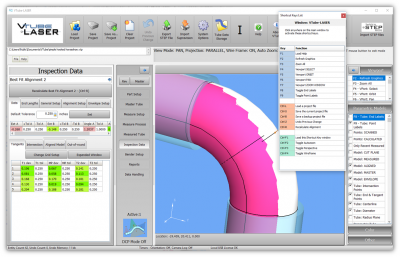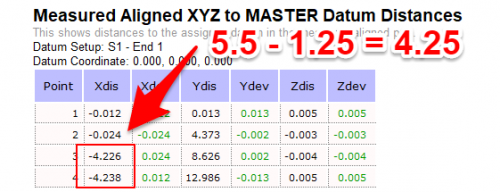Difference between revisions of "About VTube-LASER End Angle Qualification"
From ATTWiki
(Created page with "<table> <tr cellpadding=10> <td width=225> 300px ==About VTube-LASER End Engle Qualifications== </td> <td width=300> image:vtube-las...") |
(→Set the Datum) |
||
| Line 30: | Line 30: | ||
</td> | </td> | ||
| − | |||
| − | |||
| − | |||
| − | |||
| − | |||
| − | |||
| − | |||
| − | |||
| − | |||
| − | |||
| − | |||
| − | |||
| − | |||
| − | |||
| − | |||
| − | |||
</tr> | </tr> | ||
Revision as of 22:56, 22 March 2019
|
About VTube-LASER End Engle Qualifications |
Sample Print
|
The end angle deviation is the total angle the measured centerline end length varies from the master end length in degrees. |
Datum Reports
|
After a measure and alignment, use one of the Datum reports in the report menu to show the dimensions. |
Other Pages
- Back to VTube-LASER





